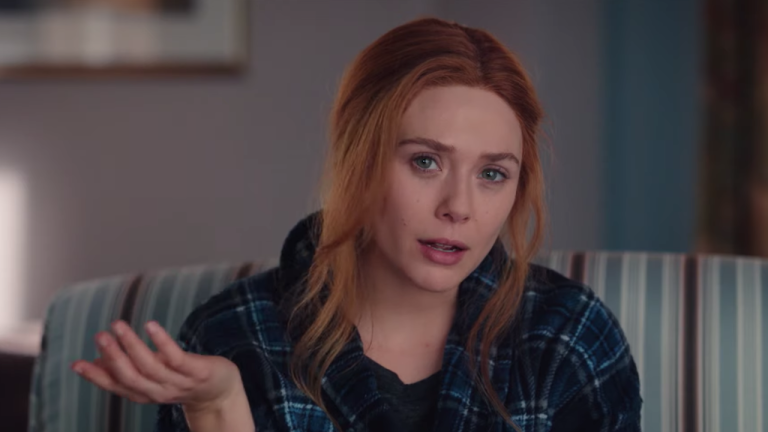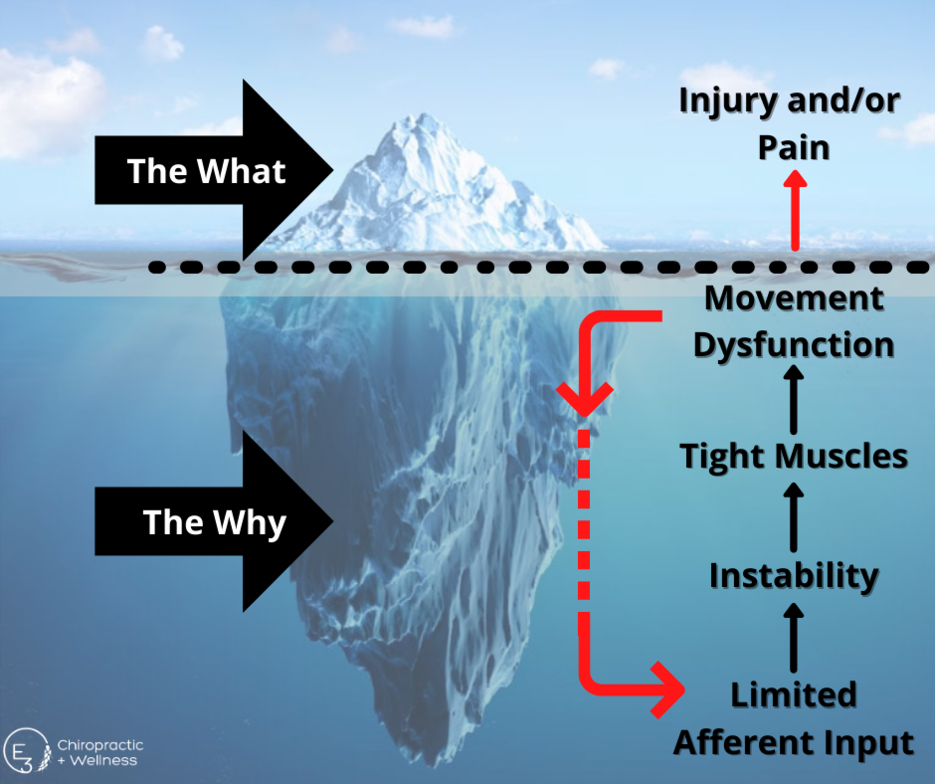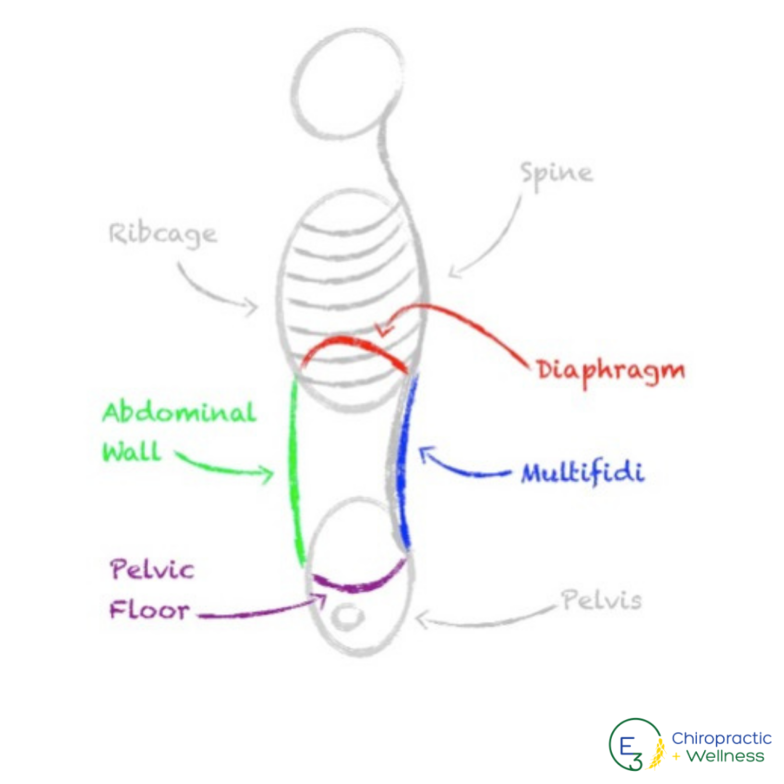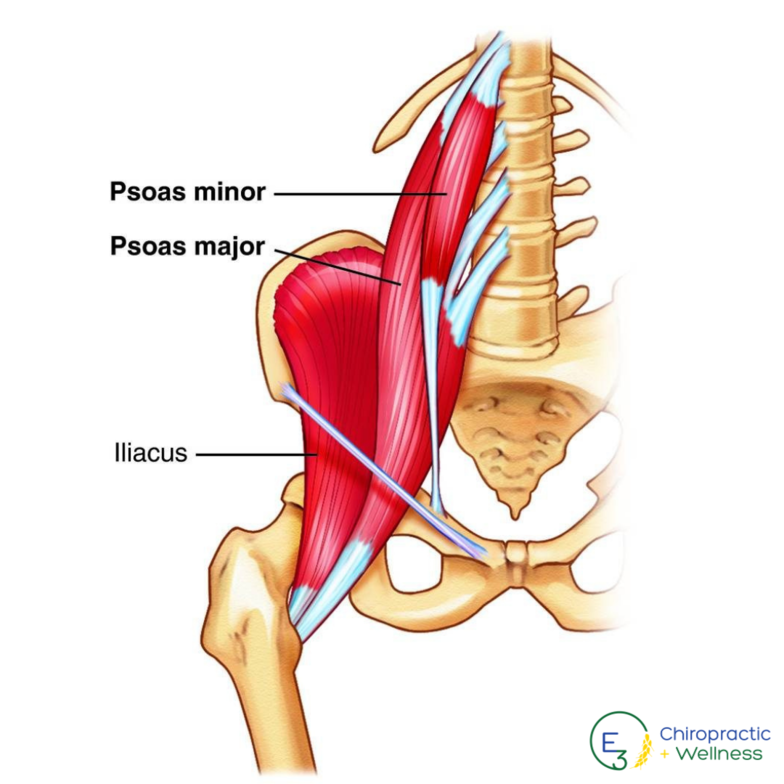
Back pain is the leading physical complaint that people in Canada have. 80% of people will experience back pain in their life, and 11 million Canadians are currently experiencing back pain! When you have low back pain, it is easy to become frustrated. You cannot enjoy your usual activities such as working out, running, walking, playing with your kids, or recreational sports.
Don’t let your frustration set in, and don’t accept low back pain as part of everyday life! Chiropractors are highly trained in treating low back pain, so much that Harvard recommends that anyone with low back pain see a Chiropractor!
But what does low back pain treatment entail? How does it help you go back to enjoying your life without pain?
After reading this, you will completely understand what low back pain treatment consists of at E3 Chiropractic + Wellness. We will be going on the journey of one of the patients here, showcasing their history, explaining what was injured, why it became injured and presenting our treatment process.
Let’s get started!
Patient Introduction
Meet our patient, Wanda! Wanda is not her real name, but I am currently watching WandaVision, and it seems appropriate. Wanda is in her early thirties and is experiencing some low back pain!

Step 1 - Thorough Patient History
When treating low back pain, taking a thorough history is very important! Thie history may seem like we are asking many questions to those receiving care, but these questions are crucial in guiding the physical exam and treatment. A physical examination for someone who has low back pain and is experiencing tingling down their leg to their toes is much different than the exam for someone whose back is feeling a little stiff after a round of golf!
Some questions include:
- Where does your low back hurt?
- How would you describe that pain?
- Do you notice pain radiating down your leg?
- When did this pain start?
- Has this happened before?
- Do you notice any numbness or tingling in your legs?
- What have you noticed that makes the pain better or worse?
Wanda has been experiencing back pain since the birth of her second child. Wanda does not notice any pain going down her leg; however, her left hip is clicking! She has a history of back pain, remembering the first time that she had back pain to being in high school. Wanda has had Chiropractic and Physical Therapy for her low back pain in the past. She has a history of athletics, playing basketball throughout high school, and she continues to play fastball.
She noticed that her back pain was worse after this child than her first child, and her hip had also begun to click. She typically is a regular gym-goer; however, due to COVID concerns, she has not been able to work out as regularly as in the past.
Step 2 - Physical Examination
The physical exam aims to determine WHAT is causing the patient’s pain and WHY it occurs.

Four primary structures in your low back can cause pain:
- Joints between vertebrae
- Sprain of ligaments
- Strain of muscles
- Damage to the intervertebral disc
WHAT was causing Wanda’s Low Back Pain
I determined there was a small amount of damage to an intervertebral disc in Wanda’s low back through the physical exam.
Although this may sound scary, this is the most typical reason people will have low back pain. Roughly 50% of low back pain is due to damage to the intervertebral disc.
WHY Wanda’s low back was painful
As we are all aware, going through pregnancy and childbirth is quite the toll on a women’s body. There are many months of carrying additional weight, and birth will routinely cause damage to the pelvic floor.
The pelvic floor muscles are INSTRUMENTAL in creating proper low back stabilization. The pelvic floor must work together with our diaphragm and all of the muscles surrounding our abdominal wall to stabilize our low back properly.

Ultimately, Wanda was experiencing instability of her low back due, in part, to the damage to her pelvic floor during childbirth. This instability resulted in additional unwanted movement occurring in Wanda’s low back, eventually leading to the intervertebral disc becoming damaged in her low back.
This instability and damage to the intervertebral disc result in muscles in the surrounding area becoming tight, creating stiffness to protect her low back. This muscle tightness causes the joints to become stiff as well.
WHY was Wanda’s Hip Clicking?
Three muscles create our hip flexor complex: the psoas, the iliacus (these two combine to make the iliopsoas), and the rectus femoris.
The psoas muscle attaches to some of the bones in our low back and then connects to the top of our upper leg bone.

When someone is experiencing low back instability, it is typical for the psoas to become tight. When the psoas is tight, it will squish down on all of the bones in our low back, and this compression acts to stabilize our low back.
But when the psoas is tight, and you move your leg backwards, this tight muscle can snap across parts of your hip, resulting in a popping sound.
Now What?
Check back in next week where I outline what exactly we did to get Wanda out of pain!
Nobody deserves to be held back by low back pain! If you need relief from your low back pain now, click HERE to book an appointment! E3 Chiropractic + Wellness can help you get back to enjoying the activities you love.





